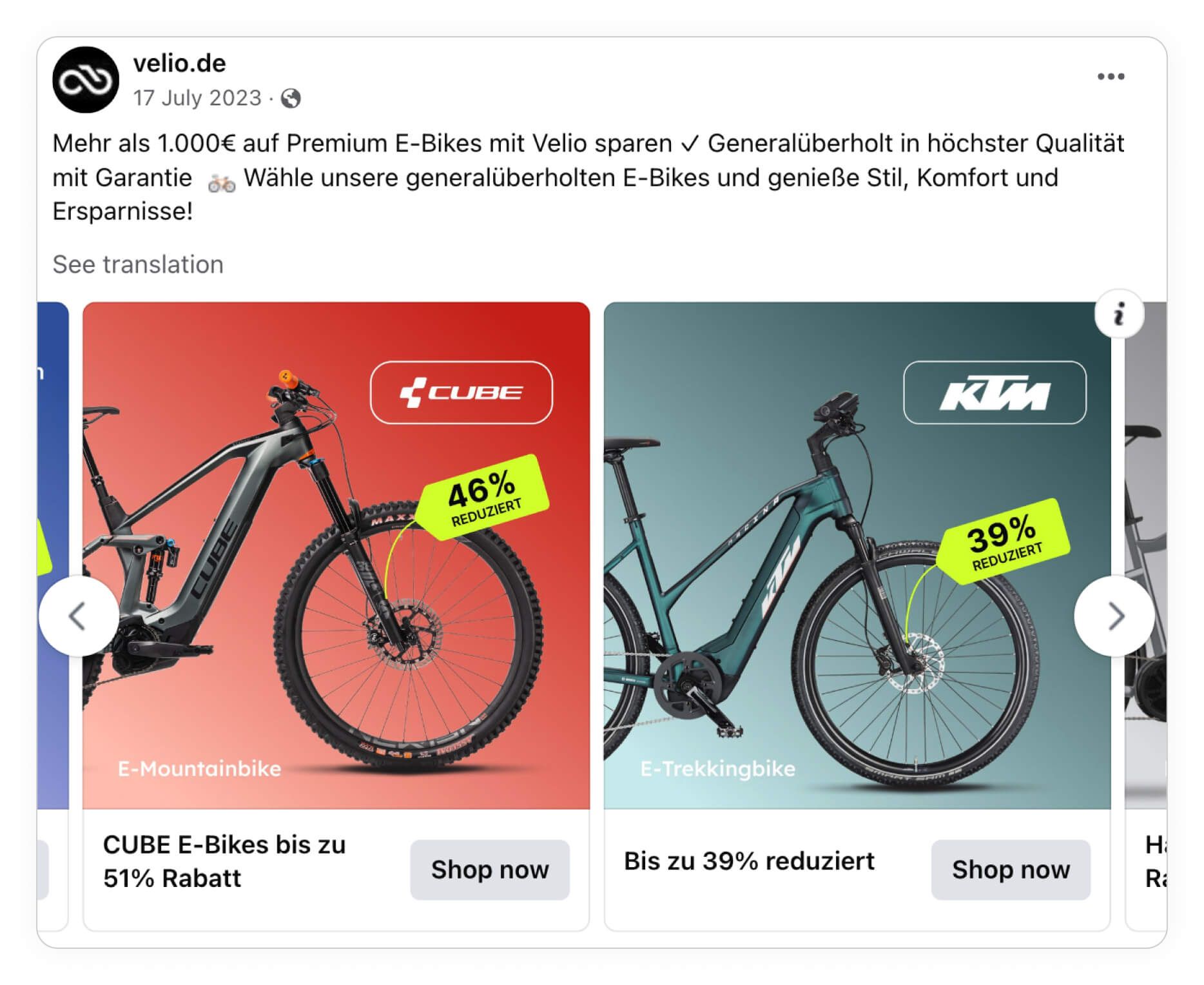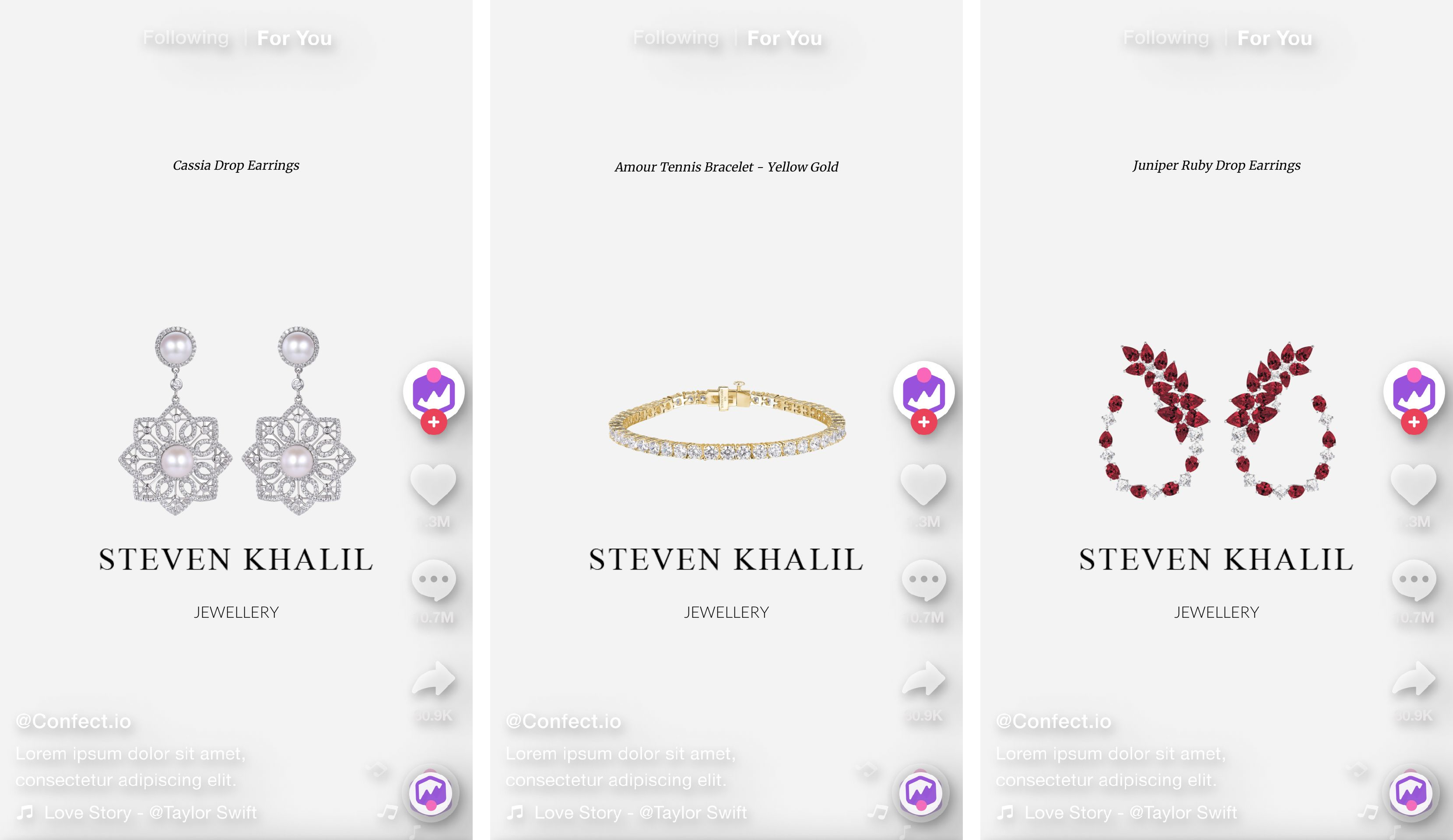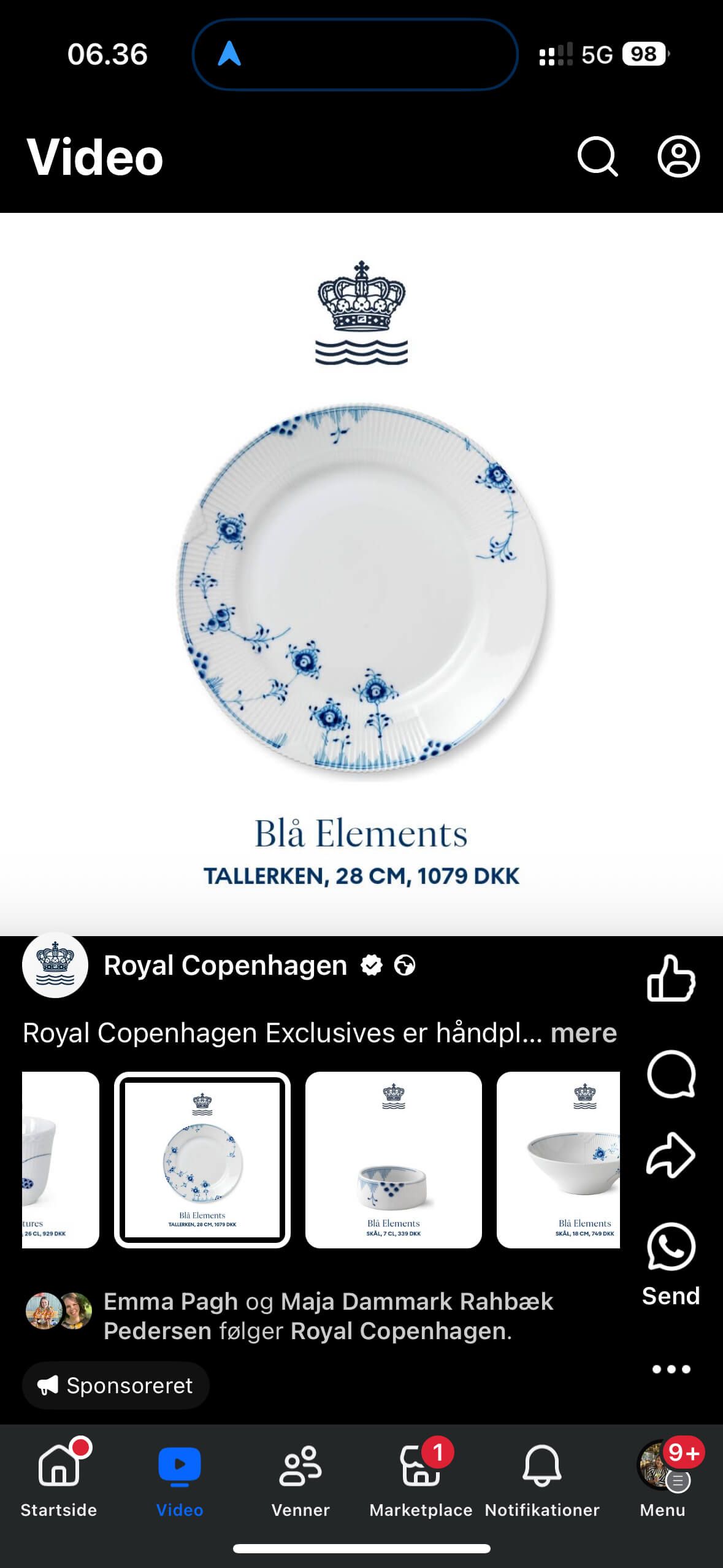Catalog sales
June 4, 2025
What are catalog sales?
Catalog sales are when you use an online catalog (a digital listing of products) to sell products. Via the online catalog, online shoppers can browse the product range, use search and filter options to refine their search, add the items to their digital cart, and complete the checkout directly via the app or website.
What is a product catalog?
A product catalog refers to a digital database with product listings of all the products a store sells. It essentially serves as the backbone of e-commerce websites. Each listing has detailed information about the product such as the:
Product name
Product description
Price
Product photos/demo videos
Stock keeping unit (SKU)
Category
Product variants like colour, size, etc.
Brand
Material
Reviews
How are catalogs used in online ad campaigns?
Product catalogs play a crucial role in online ad campaigns, particularly in paid ads, as it allows brands to run large-scale ad campaigns. For example, platforms like Meta, Google, TikTok, and Pinterest use it to create Dynamic Product Ads (DPAs). When it’s formatted as a product feed, it can also be used to display products in Google Search and Shopping Ads.
Plus, as it can be used to personalise ads to match user behaviour, it’s especially useful for retargeting. Ad platforms can use the catalog to show social media users recently viewed/abandoned products, best-selling items to lookalike audiences, or suggest related/more expensive products.
What is the difference between physical catalogs and digital catalog sales?
Physical catalogs refer to printed material used to showcase your products. It’s mostly used to reach offline customers (who are typically older) about seasonal promotions or attendees at in-person events. As it offers a sensory, tactile experience, luxury branding is another popular use case.
Digital catalog sales refer to online collections of product listings that target audiences can access via an app or website. It’s ideal for e-commerce businesses with a large product range that want to use multi-channel selling to reach online shoppers across the world. Once set up, it becomes a low-cost strategy that’s easy to track, automate, and update in real time.
How catalog sales work on Meta (Facebook and Instagram)
Overview of Meta’s Commerce Manager and product catalogs
Meta’s Commerce Manager is a centralised tool that you can use to manage your online store’s presence on Facebook and Instagram. By uploading your product catalog, Facebook and Instagram can automatically select and display products from your catalog to their users eliminating the need to create individual ads for each product.
Here, you can also configure shops for Facebook and Instagram and set up checkout either on the platform itself or by redirecting customers to your website.
If you have any issues or would like to monitor the performance of your catalog sales, you’ll also find the answers and data in its Commerce Manager.
Using Dynamic Product Ads (DPAs) for catalog sales
Dynamic Product Ads use past customer behaviour to promote the most relevant products from your product catalog to Facebook and Instagram users automatically. You can, for example, use it to display bestsellers from your product catalog to users in the awareness stage or retarget users in the consideration phase.
Personalisation and retargeting with Facebook Catalog Ads
Facebook can showcase the most relevant product using criteria like browsing behaviour across devices, purchase intent, interests, and demographics. This way, it creates personalised ads displaying products that will appeal to a user’s interests or recent actions.
It’s especially powerful in terms of basing ads on past actions. Using data like products recently viewed or added to the cart, time spent on a website, and purchase activity, it can re-engage potential customers.

Audience targeting: broad, custom, and lookalike
There are three targeting strategies that you’ll want to test.
Broad targeting is great for finding new customers at scale as it will help you to target users who are most likely to convert.
Custom audiences to lower cart abandonment and improve upselling. It works by letting you retarget users who’ve visited your website, opened your app, subscribed to an email, or interacted with your social media content.
Lookalike audiences to reach new users who share traits with existing customers.
Catalog sales across other channels
TikTok Catalog Ads: current capabilities and use cases
With TikTok Catalog Ads, you can showcase products from a synced product catalog directly within the platform’s app. It works similarly to Meta’s DPAs and Google Shopping Ads as it pulls product info from your product feed and uses TikTok users’ interest and behaviour for better targeting and personalisation.
It currently supports the following ad formats:
Carousel
Single video with interactive add-ons
Catalog video with interactive add-ons
Popular use cases include:
Retargeting campaigns
Prospecting
Flash sales

Pinterest Product Feeds and Shopping Ads
After you’ve uploaded your product catalog to Pinterest using their catalog tools, you’re set to create:
Standard shopping ads
Video shopping ads
Personalised collection ads
Carousel shopping ads
Snapchat Dynamic Ads and catalog feed integration
To use Snapchat’s Dynamic Ads, you’ll need to use manual ingestion or feed sync to upload your product catalog.
You’ll also need to install the Snap Pixel and work with one their Mobile Measurement Partners.
Google catalog sales
Google catalog sales is a type of campaign for product-driven advertising. It uses your product feed from the Google Merchant Center to advertise large product catalogs. It’s also popular for retargeting, promotions, new product collections, or overstocked inventory.
Display advertising with catalog sales
Display advertising with catalog sales refers to display ads dynamically generated by pulling product information directly from a brand’s product feed (via Google Merchant Center or another platform like Meta or Pinterest). After uploading your product feed, you can create retargeting campaigns, shopping ads, or dynamic ads for broad audiences, depending on the platform.
Benefits of running catalog sales campaigns
Real-time product updates and inventory sync
Platforms like Meta, Google, and TikTok can seamlessly integrate with your product feed. This means that your ads will automatically reflect your current product catalog in real time. Aside from operational efficiency, it also creates a better user experience (UX) as only available products will be displayed.
Automated ad creative using product feeds
A product feed allows platforms to pull real-time information like price, product image, and description to generate ad creatives automatically. This level of automation saves loads of time and allows you to create ads for thousands of products without you having to worry about brand consistency or accuracy.
Higher ROAS through personalisation and dynamic delivery
Platforms can use criteria like past browsing behaviour, purchase history, and demographics to create personalised ads. As your target audience will see more relevant products, you can expect better engagement and conversion which will increase your return on ad spend (ROAS).
Scalable advertising for large product inventories
Catalog sales campaigns allow you to add and organise thousands of SKUs. Then, using automatic audience segmentation and dynamic ad variations, you can refine your targeting so that you showcase the most relevant products to the best audience.
Setting up catalog sales campaigns: step-by-step instructions
Here are the steps for creating catalog sales campaigns:
Create your product catalog and feed
Upload the product feed to the Google Merchant Center and/or Meta Commerce Manager
Set up your pixel or tracking tags
Set up your campaign objectives and creative formats
Monitor and optimise
Best practices for catalog sales campaigns
Optimise product data for Dynamic Ads
Your ads will only be as good as the available product data. Ensure your product feeds are complete and well-structured by:
Including clear, concise product titles and descriptions that incorporate relevant keywords and highlight unique selling points
Updating your product feed daily to ensure inventory and pricing are always up to date
Using Google’s standard product categories and custom labels for refined targeting
Including only high-resolution product photos against a white background
Use frames and overlays to enhance ad creatives
Frames and overlays can be used to create on-brand ads that stand out from other generic ads. You can use it strategically to highlight deals, new arrivals, free shipping, limited stock, or your logo, for example.
Segment product sets for funnel-based strategies
Use user intent to divide your product catalog into product sets. For example, for shoppers at the top of the funnel, you can show bestsellers, high-margin products, or seasonal highlights.
Once they enter the consideration stage, you can showcase previously viewed or abandoned products.
For the bottom of the funnel, you can still use dynamic retargeting but change your messaging so that it creates a sense of urgency.

A/B test different product attributes and designs
One of the big benefits of catalog sales is that you can test multiple variables. To use this advantage optimally, you can test:
Long vs short product titles
Lifestyle vs pack shots
Adding descriptions like “only” or “starting from” in front of the price
Different colour combos and text placements
Tools and platforms to manage catalog sales
You need the right tools and platforms to optimise performance, scale operations, and personalise the shopping experience. Brands that want to get started with catalog ads or want more direct control over their assets can check out native tools like Meta Commerce Manager and TikTok Ads Manager. Meta Commerce Manager is best for setting up, managing, and optimising product catalogs for Facebook and Instagram, while TikTok Ads Manager is needed to serve personalised dynamic ads on the platform.
That said, these native tools have limitations with regards to product feed customisation, cross-platform scalability, and creative automation. Brands that want to manage complex product catalogs across various channels and improve the visual impact of their ads can check out third-party tools like Confect or Smartly.
Learn how Google Shopping Ads can boost your product visibility and drive high-intent traffic here.
Try Confect for Free
Confect can help you to create great-looking Catalog ads and Dynamic Product ads for Facebook, Instagram, TikTok, Snapchat and Pinterest.
